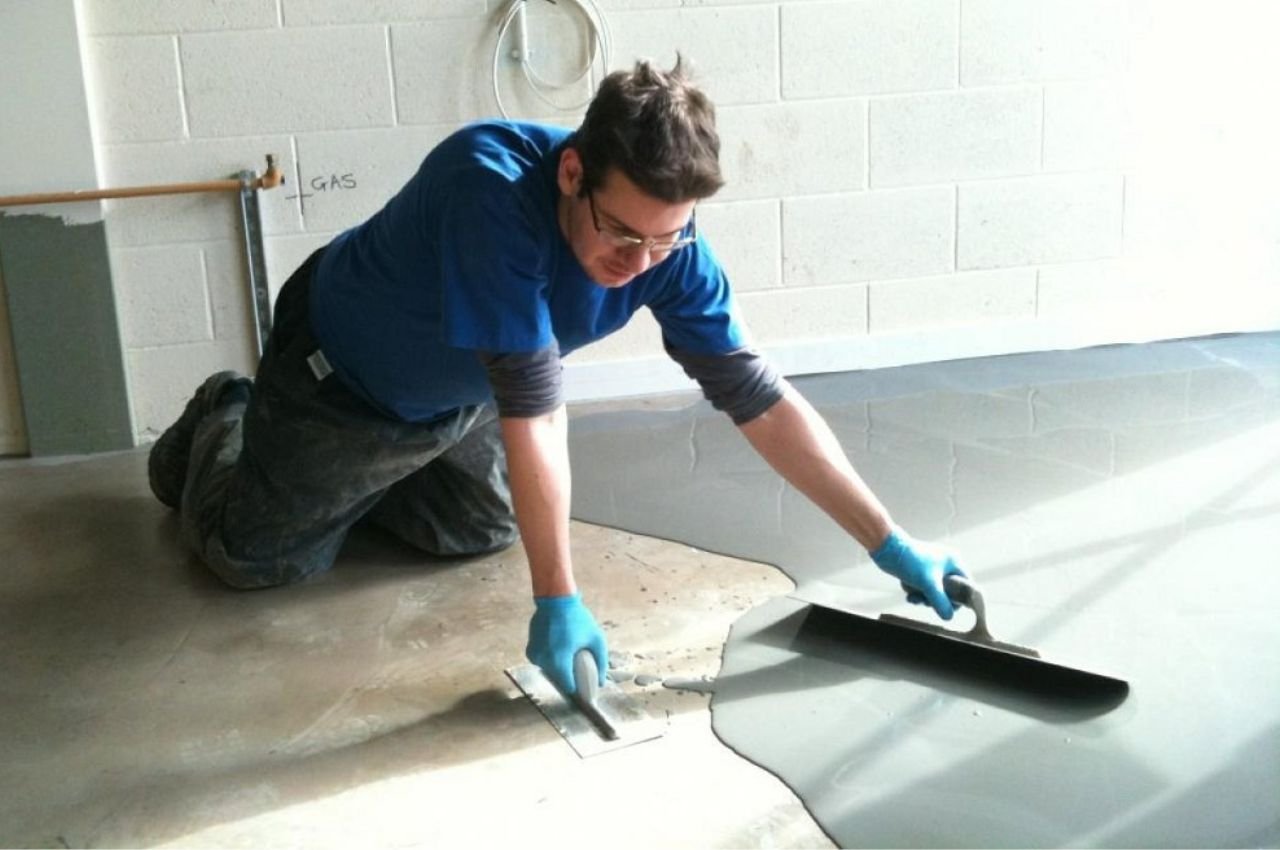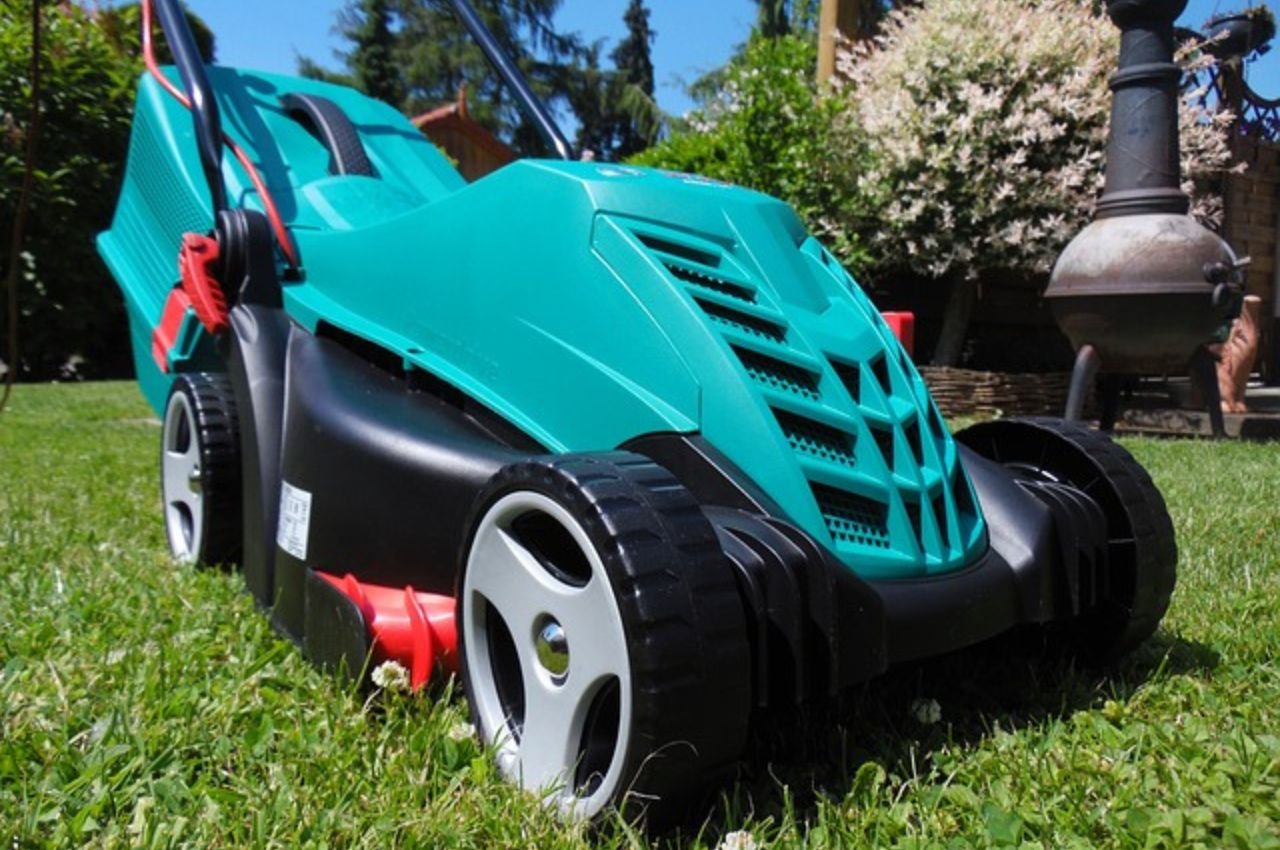Gypcrete is a convenient way to level wood or concrete subfloor in preparation for a finished flooring product like tile, wood, or vinyl. Gypcrete is a popular generic term for gypsum-based cement that is mixed with sand and water to produce gypsum concrete.
The use of gypcrete requires floor preparation beforehand. Here is the proper way to prep both a wood and cement subfloor for gypcrete:
Wood Subfloor Prep
Inspect and Clean
The first step in your prep is to examine the subfloor to make sure it is structurally sound. Any heavily damaged or rotten plywood sheets should be replaced first. When the plywood is ready, you can move on to cleaning. Make sure all plywood is free of oil, wax, dust, and debris. An effective way to clean oil or grease from wood subfloor is to use mineral spirits and a clean rag. Apply the mineral spirits to the rag and rub firmly in a circular motion. The mineral spirits will evaporate quickly rather than soaking through. Sweep up debris and vacuum any residual dust.
Seal the Subfloor
The next step is to seal all holes and seams. The best way to seal the gap between the floor and the walls is by using a sill sealer. Sill sealer is a flexible and moisture-resistant closed-cell polyethylene foam gasket. You should install it around the perimeter of the room to keep the gypcrete from flowing under the walls during installation.
Prime
Once all holes and gaps are sealed, do a final inspection to make sure the floor is dust-free and dry. The last step in your prep is to use a gypcrete primer on the plywood subfloor. A long-handled paint roller or paint sprayer are excellent tools for the job. The purpose of the primer is to make sure that the gypcrete properly adheres to the subfloor. It also prevents the subfloor from retaining too much moisture. Once the primer is fully dry, you can put down a layer of gypcrete.
Concrete Subfloor Prep
Inspect and Seal Cracks
Before installing gypcrete over a concrete subfloor, you should begin by inspecting the concrete to make sure it is structurally sound. If the subfloor has been recently poured, you need to wait until it is fully cured. Clean the edges of any cracks in the concrete with a wire brush and fill all cracks with concrete filler and sealer.
Test for Moisture
Before installing gypcrete on concrete, your subfloor needs to be free of moisture. There are several methods for testing concrete moisture but a relative humidity meter is the most accurate. That’s because an RH test measures the moisture vapor levels in the interior of the slab not just the surface moisture. An RH test will require drilling a hole in the concrete down to 40% of the concrete’s thickness.
Clean
Once you have sealed any cracks and mitigated moisture issues, the next step is to clean the subfloor. Sweep up loose debris and then use a vacuum with a HEPA filter to remove any remaining dust.
Prime
Once the subfloor is clean, apply gypcrete primer to the floor using a paint roller or paint sprayer. Wait the recommended time for the primer to cure and fully dry. Just like with wood subfloor installation, the purpose of the primer for concrete is to confirm that the gypcrete properly adheres to the subfloor. It also prevents the subfloor from retaining too much moisture.
Apply the Gypcrete
Once your wood or concrete subfloor has been properly prepped according to the above steps, you’re ready to apply gypcrete. Carefully follow all the instructions on your gypcrete product for correct water mixing ratios, steps for proper ventilation, and accurate drying times. For more instructions or to buy gypcrete, call a flooring company that focuses on acoustics and underlayments.





